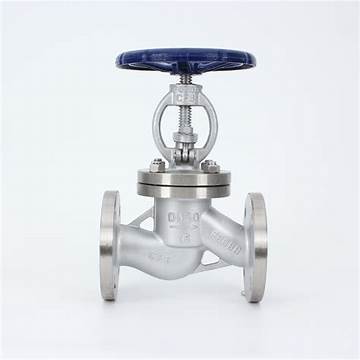reducing weld neck flange
Understanding Reducing Weld Neck Flanges A Comprehensive Overview
In the world of piping systems, flanges play a crucial role in connecting various components, providing stability and ensuring leak-proof seals. Among the various types of flanges available, the reducing weld neck flange stands out as a vital component, particularly in complex piping operations. This article will delve into the characteristics, advantages, applications, and considerations surrounding reducing weld neck flanges.
What is a Reducing Weld Neck Flange?
A reducing weld neck flange is defined by its unique shape and function. It features a gradual tapering from a larger diameter to a smaller diameter, facilitating the transition between different pipe sizes. This design is particularly beneficial in scenarios where space is limited or when maintaining a specific flow profile is essential. The weld neck design allows for the flange to be welded directly to the pipe, providing a strong, high-integrity joint.
Key Characteristics
1. Tapered Neck The most defining feature of a reducing weld neck flange is its tapered neck that eases the transition from a larger pipe to a smaller one, effectively minimizing turbulence and friction losses.
2. Material Options Reducing weld neck flanges are available in a variety of materials, including carbon steel, stainless steel, and alloy steel, catering to different environmental and operational requirements.
3. Pressure Ratings These flanges are manufactured to meet various pressure ratings, making them suitable for both high and low-pressure applications.
4. Dimensions Reducing weld neck flanges come in various sizes to accommodate different pipe specifications. The versatility in dimensions allows for flexibility in design and application.
Advantages of Reducing Weld Neck Flanges
1. Enhanced Flow Dynamics The tapered design reduces turbulence when fluid flows from a larger diameter to a smaller one. This dynamic is crucial in ensuring efficient transport of fluids, particularly in pipelines carrying gases or liquids at high speeds.
2. High Structural Integrity The welding process used in securing the flange to the pipe ensures a strong and reliable joint. This is especially beneficial in high-stress applications, where the risk of leaks is significant.
3. Ease of Installation The design of the reducing weld neck flange simplifies installation, as it can be welded directly to the pipe without the need for additional fittings. This can reduce installation time and labor costs.
reducing weld neck flange

4. Versatility Suitable for a variety of applications, these flanges can be found in industries such as oil and gas, water treatment, chemical manufacturing, and power generation.
Applications
Reducing weld neck flanges are utilized in numerous applications due to their adaptability and efficiency
- Pipelines Commonly used in both onshore and offshore pipelines where changes in pipe diameter are required for fluid transport. - Industrial Equipment Employed in various industrial equipment, such as heat exchangers and pressure vessels, where space constraints are a concern. - Chemical Processing In the chemical industry, where precise flow control is essential, these flanges help maintain the integrity of the system. - Steam Systems Widely used in steam systems, where pressure and temperature control is critical.
Considerations for Use
While reducing weld neck flanges offer numerous advantages, several factors should be taken into account
1. Compatibility Ensure that the flange material is compatible with the fluid being transported to avoid corrosion and degradation.
2. Pressure and Temperature Ratings Verify that the flange's pressure and temperature ratings meet the requirements of the specific application to prevent failures.
3. Welding Procedures Proper welding procedures and techniques must be followed to ensure a strong bond and maintain the integrity of the joint.
4. Maintenance Regular inspection and maintenance are essential to identify any potential issues early, ensuring long-term reliability and safety.
Conclusion
Reducing weld neck flanges are indispensable in modern industrial applications, offering a perfect blend of functionality, reliability, and efficiency. Their ability to facilitate smooth transitions between different pipe sizes while maintaining high structural integrity makes them an excellent choice for a variety of industries. Understanding their characteristics and applications is crucial for engineers and project managers in ensuring the success of piping systems. As industries continue to evolve, the demand for such innovative components will undoubtedly grow, solidifying the role of reducing weld neck flanges in future projects.
-
The Key to Fluid Control: Exploring the Advantages of Ball Valves in Industrial SystemsNewsJul.09,2025
-
The Versatile World of 1, 2, and 3 Piece Ball ValvesNewsJul.09,2025
-
Stainless Steel Ball Valves: The Ideal Choice for Efficient Flow ControlNewsJul.09,2025
-
Optimizing Fluid Control with Ball Float ValvesNewsJul.09,2025
-
Manual Gate Valves: Essential for Control and EfficiencyNewsJul.09,2025
-
Everything You Need to Know About Butterfly ValvesNewsJul.09,2025
-
The Versatility of Wafer Type Butterfly ValvesNewsJul.08,2025




